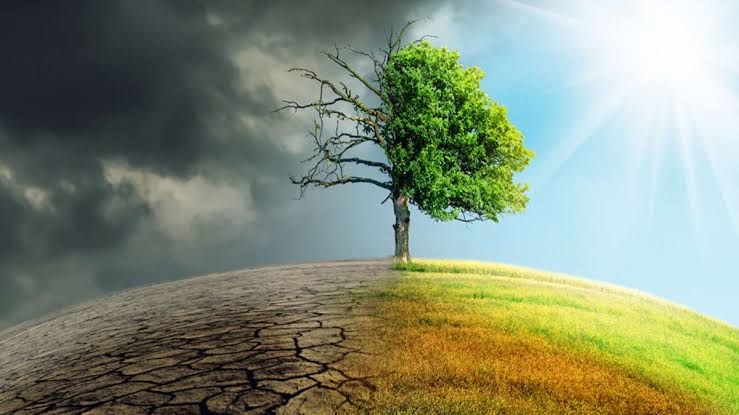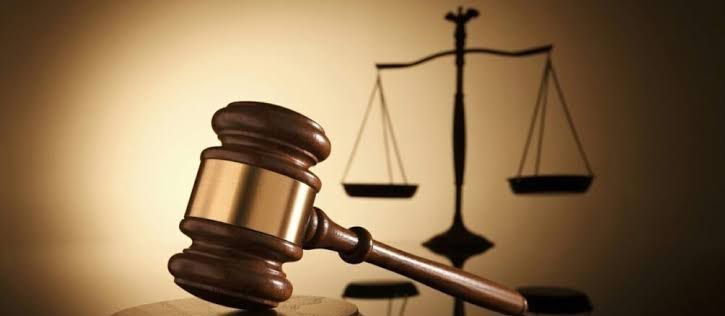Abstract
Climate change is a long-term shift in temperatures and weather patterns. These shifts can be natural, due to changes in the sun’s activity or large volcanic eruptions. During 1800s, human activities has been main driver of climate change, initially due to the burning of fossil fuels like coal, oil and gas. Burning fossil fuels generates the greenhouse gas emissions that act like a blanket wrapped around the Earth, trapping the sun’s heat and raising temperatures. In the following article we are diving into Climate rights and Legislation in developing India.
Introduction
In M.K. Ranjitsinh and Ors. V. Union of India & Ors on March 21, 2024 the Supreme Court of India has thrown a big stone into the country’s developing body of knowledge regarding climate change. The right to “be free from the adverse effects of climate change” has been incorporated in the Indian Constitution, citing the right to equality and the right to life as its origins. Ranjitsinh presents an interesting chance to contemplate and maybe implement far more methodical climate change governance as a new government weighs its priorities and agenda.
Climate Rights
The newly established “climate right,” which is based on the constitutionally protected rights to equality (Article 14) and life (Article 21), was a significant component of the ruling. Incorporating this right into the Constitution may allow for climate litigation, giving people the ability to seek protection for this right from the government. However, there are still unanswered doubts about the ruling. Does the Court undervalue local environmental resilience and climate adaptation while overstate the large-scale clean energy agenda as the primary means of preventing climate harms? In what way will this right be safeguarded against the harmful effects of climate change?
A way forward is having slow changes in climate rights and its legislation. New legislation aimed at actively realising a right against the adverse effects of climate change is another. The first strategy, which increases the number of court-based cases involving climate claims through enhanced litigation, is probably going to result in an imperfect patchwork of protections that are led by the judiciary over time. Realising climate rights may depend on the approval of multiple ensuing legislative measures, much like many other well-intentioned court orders mandating the defence of fundamental rights. Furthermore, a gradual approach is less likely to create a comprehensive framework that will direct future policy.
So, is the latter approach passing climate legislation a better one for defending climate rights? According to the ruling itself, India does not have any “umbrella legislation” pertaining to climate change. And in doing so, it appears to acknowledge the benefits of comprehensive, framework legislation implicitly. Using other nations’ experiences as a guide, framework legislation has a number of benefits. It can lay out the framework for addressing climate change in various industries and geographical areas, establish the institutions that are required and give them authority, and set up procedures for organised and thoughtful governance both before and after climate change.
India’s Step forward
There are significant benefits and sound justifications for India to think about enacting climate legislation. However, it is also crucial that Indian climate legislation is specific to the country and does not simply copy legislation from other nations. India must make the transition to a low-carbon energy future; the Ranjitsinh ruling emphasises this requirement. However, this is by no means sufficient to uphold a right against the adverse effects of climate change on its own.
Climate legislation ought to establish a regulatory framework that is conducive to the development of more sustainable cities, buildings, and transportation systems. It ought to make adaptation strategies possible, like locally sensitive heat action plans. It ought to offer ways to switch to crops that are more tolerant of climate change. Important ecosystems like mangroves, which serve as a buffer against extreme weather, should be safeguarded. Additionally, it ought to actively take social equity issues into account when completing these tasks.
However, it is impractical to have a single, comprehensive law that addresses every one of these topics, especially given the current legal system that already has laws addressing the majority of these topics. It is impossible to foresee every way that society will need to adapt to climate change in advance. So, how do we move forward?
India needs a law that facilitates the country’s transition to low-carbon and climate resilient development because it is still developing, extremely vulnerable, and has yet to construct much of its infrastructure. It is possible to write an enabling law that will encourage development-focused decisions in various economic sectors, such as urban, agricultural, water, energy, and so forth, by methodically posing the question of whether or not each choice brings the nation closer to low-carbon growth and climate resilience. Significantly, this strategy places equal emphasis on adaptation and mitigation.
A more procedurally-oriented law that methodically establishes the organisations, procedures, and guidelines for mainstreaming climate change across various ministries and societal segments is most likely to be an enabling law. For instance, such a law would incorporate mechanisms to facilitate information exchange, guarantee openness and channels for expert and public consultation, encouraging the meaningful establishment (and modification) of goals and deadlines and the reporting of progress towards them.
Another crucial component of a climate law designed for India is making sure the law functions well within the country’s federal system. Many topics related to climate action are under the jurisdiction of sub-national governments, such as States or local governments; electricity is another topic that is related. These topics range from urban policy to agriculture and water. A climate law in India must simultaneously decentralise enough to empower State and local governments and provide them with the knowledge and funding they need to take effective action, and it must also establish a framework for cogent national action.
Conclusion
Lastly, it would be ideal for the enabling role to go beyond the government. Businesses, civic society, and communities—especially those closest to the effects of climate change—have vital information to contribute to energy resilience and transition. In order to address climate change, it would be possible for all of these societal segments to contribute their knowledge if there were ways to facilitate participation in decision making. Enacting a successful Indian climate law through enabling procedures would also give diverse segments of society a voice.
FAQs
What is Climate Change?
Ans. Climate change is a long-term shift in temperatures and weather patterns. These shifts can be natural, due to changes in the sun’s activity or large volcanic eruptions.
What are the climate related provisions?
Ans. The Existing Indian laws include environmental legislation such as the Air (Prevention and Control of Pollution) Act (1981) and the Environment (Protection) Act (1986), multiple forest-related laws, and energy legislations, such as the Electricity Act (2003) and Energy Conservation Act 2001.
What is right to be free from the adverse effects of climate change?
Ans. A three-judge bench of the Supreme Court, led by Chief Justice, D.Y. Chandrachud, formulated a new constitutional right to be free from the adverse effects of climate change by drawing upon Article 21 which is the fundamental right to life and personal liberty and Article 14 which is the the fundamental right to equality of the Indian Constitution.
Author: Epsi Beula D
LL. B – 2nd year
Government Law College, Vellore.




